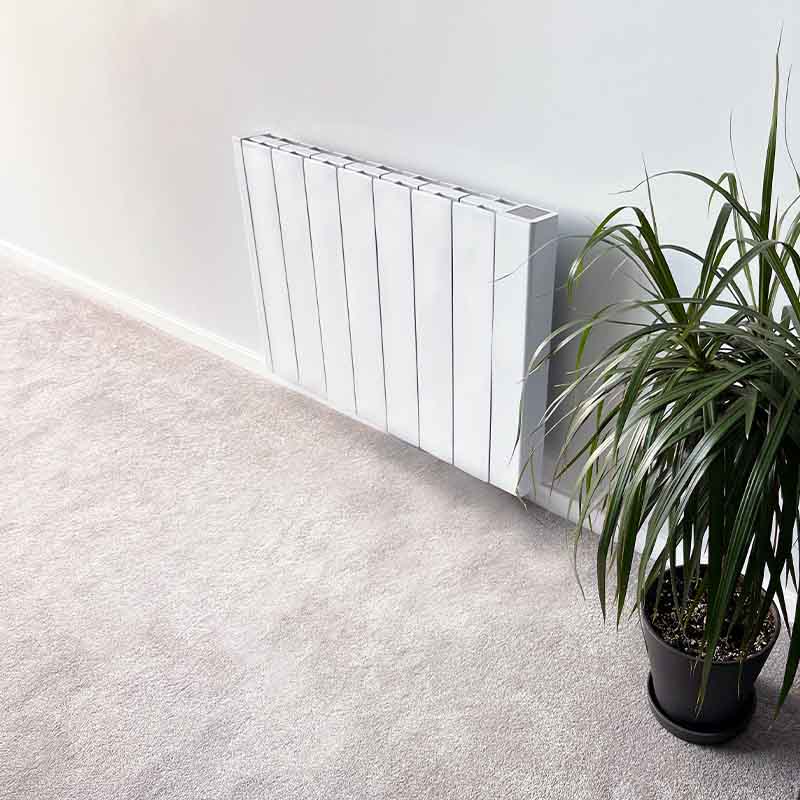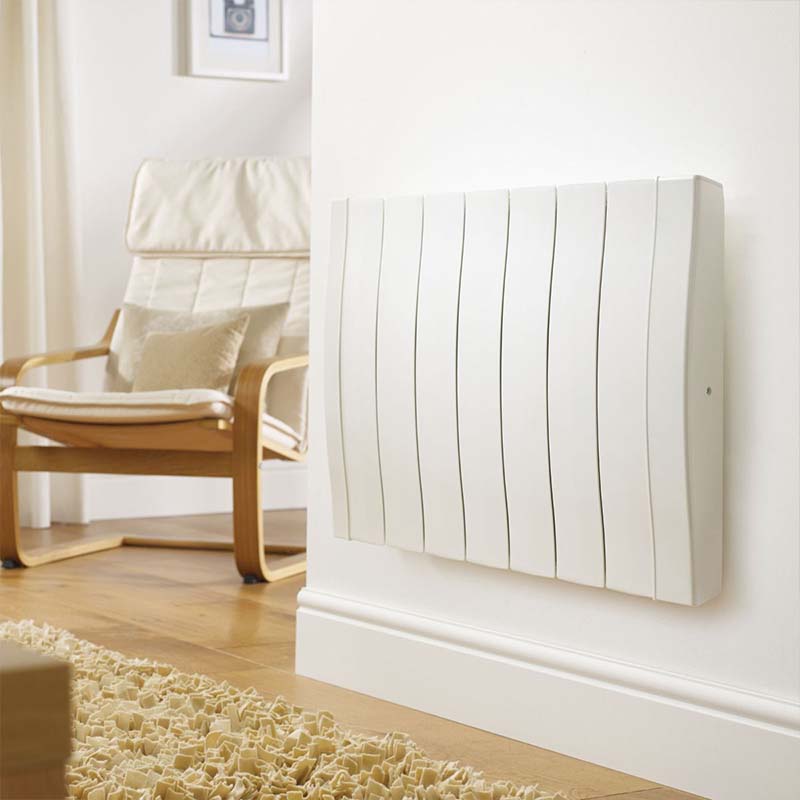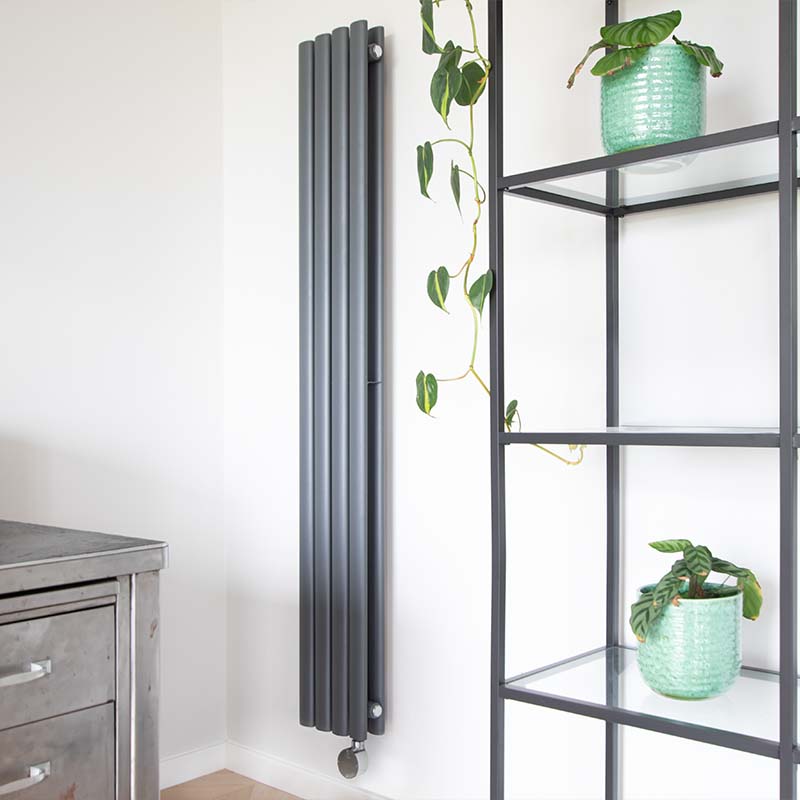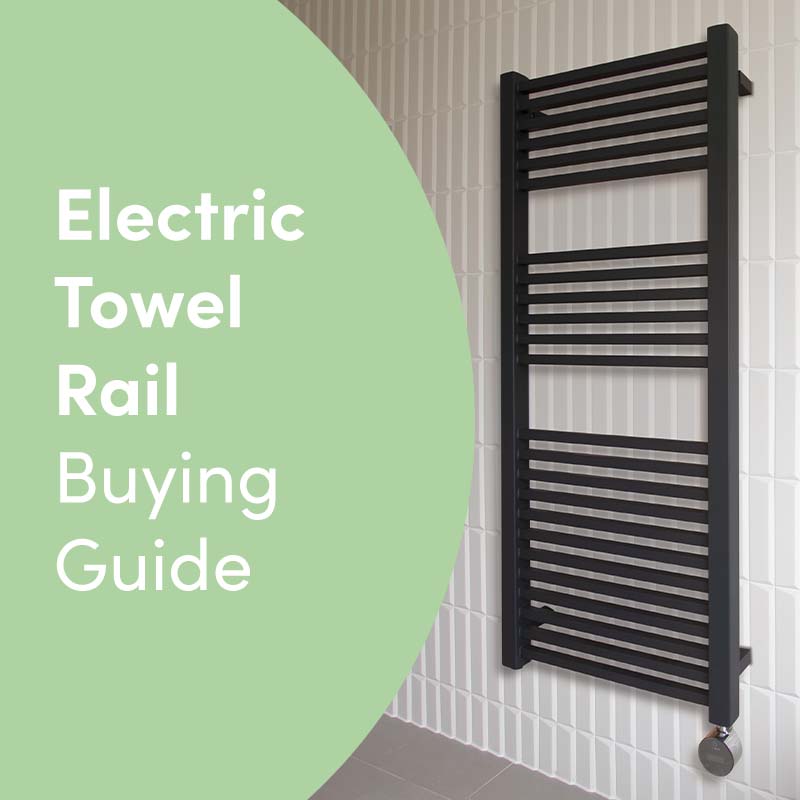Electric Radiator Buying Guide


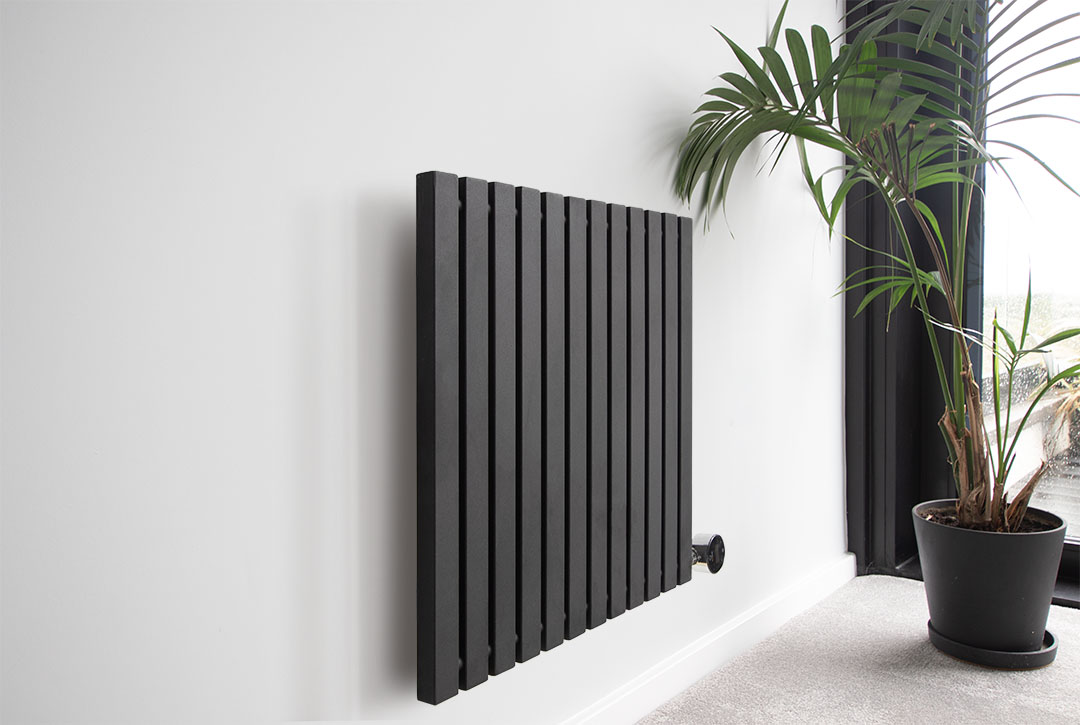

Choosing the right electric radiator for your space can be tricky.
Fortunately, we’ve put together this handy buying guide to help you find the ideal solution. From different sizes, styles and technology, there’s a lot to consider, which is why we’re here to help make that choice even easier.
Inside this guide...
Watch our electric radiator buying guide video here >
What are Electric Radiators?
With no network of pipes or boiler fitting needed, electric radiators are one of the easiest and most affordable heating solutions to install. Many are DIY-friendly and come with all fixtures and fittings needed for simple wall-mounted fitting. Even a hardwired installation is relatively straightforward for a professional electrician – so it won’t take you days or weeks to get your heating up and running. Plus, you don’t have the hassle of any annual safety checks either – as these products do not rely on the combustion of carbon dioxide, they’re a maintenance-free option.
What are the different types of electric radiators?
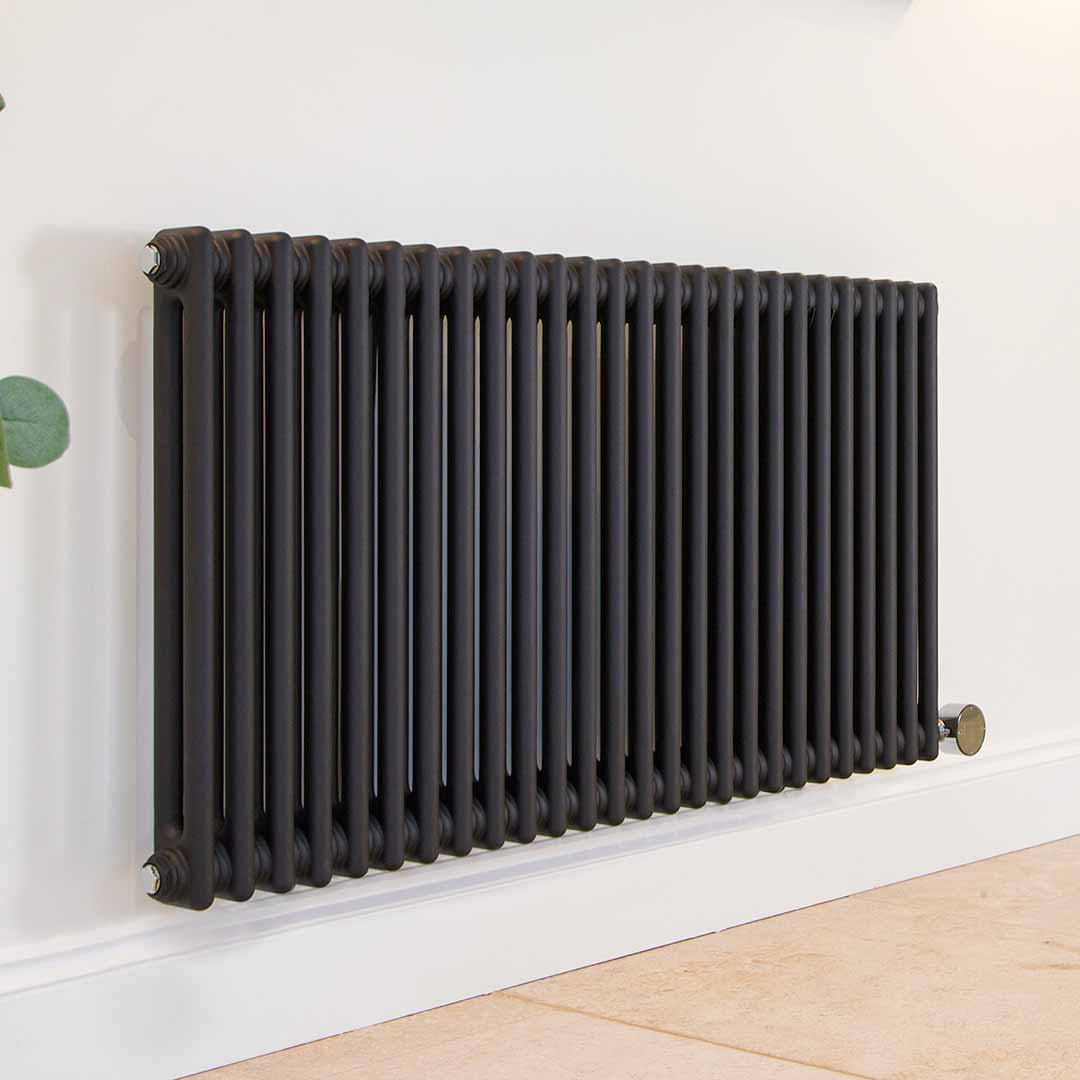

Thermal Fluid (Oil-Filled)
Pre-filled with thermodynamic oil, these heaters supply lasting and comfortable warmth even when the heater stops drawing power from the wall. The submerged heating element warms the surrounding thermal fluid, which then distributes evenly throughout the body of the appliance, creating an even spread of warmth. Typified by their column aesthetic, thermal fluid radiators are an efficient yet designer choice.
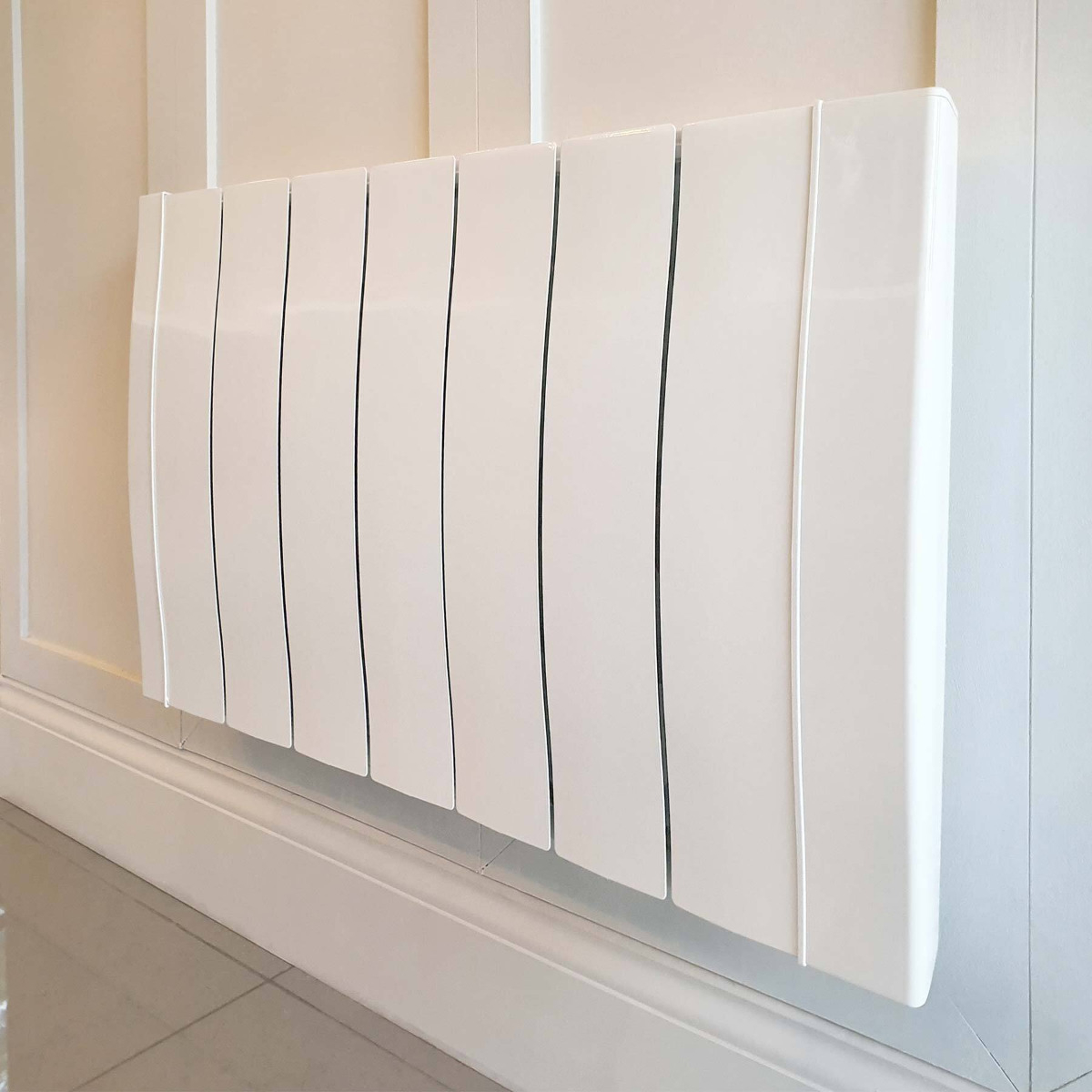

Dry thermal (Oil-Free)
Highly responsive, these appliances heat up and cool down quickly, meaning they adapt well to temperature changes. They use lightweight, dry heating elements to supply efficient and fast-acting warmth that you can always rely on. Easy to install, dry thermal radiators are a practical option, with modern designs to suit a range of aesthetics.
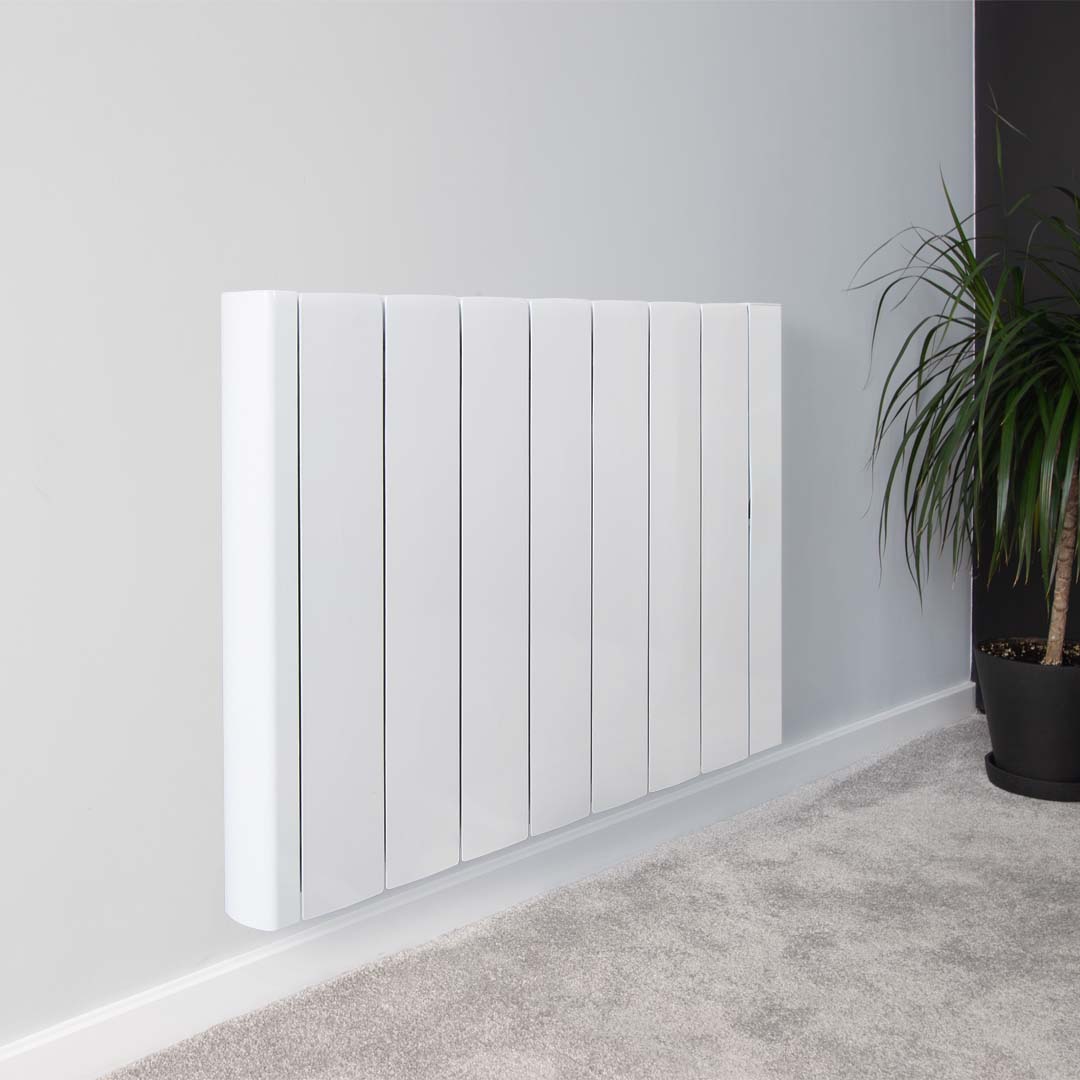

Dry stone (Ceramic)
These radiators are ideal for harder-to-heat interiors as they supply greater levels of radiant warmth, which isn’t easily lost to air movement. They’re fitted with ceramic stones which can take a little longer to reach your set temperature but ultimately have highly retentive properties for longer lasting warmth. Offering greater levels of radiant warmth, they’re especially suitable for loftier and larger rooms.
Electric Radiators Explained...


Are electric radiators easy to install?
With no network of pipes or boiler fitting needed, electric radiators are one of the easiest and most affordable heating solutions to install. Many are DIY-friendly and come with all fixtures and fittings needed for simple wall-mounted fitting. Even a hardwired installation is relatively straightforward for a professional electrician – so it won’t take you days or weeks to get your heating up and running. Plus, you don’t have the hassle of any annual safety checks either – as these products do not rely on the combustion of carbon dioxide, they’re a maintenance-free option.
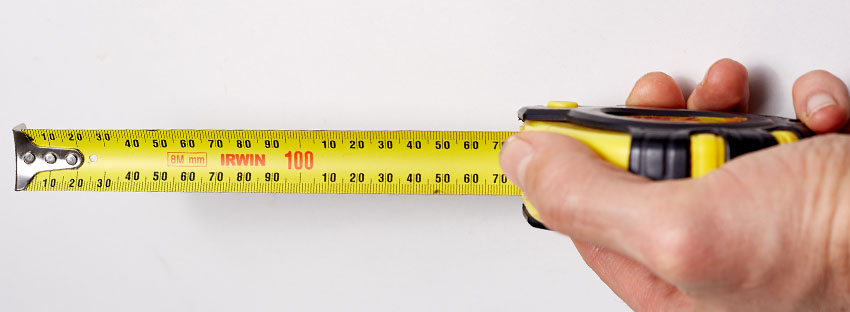

How to choose the right size radiator for your space
Choosing the size of your radiator is an essential part of selecting a new heating solution. If a radiator is too small, it will fail to heat the entire room, leaving you shivering in the cold. The key is to find the Goldilocks of radiators – one that’s just right for your space.
We’ve made this super simple with our Electric Radiator Calculator. All you have to do is input your room dimensions, answer some questions about insulation and the calculator will do the rest.


What are the running costs of electric radiators?
Calculating the costs of electric radiators can be tricky. There are a number of factors to consider such as your property-type, room size and insulation. There’s no one-size-fits-all measurement for this, but there is a basic formula to help you estimate the running costs of your electric radiators:


However, it's important to remember this equation does not take into account all of the contributing factors of your energy bill, including your tariff and all of the radiator's energy-saving features.


How efficient are electric radiators?
100%
As electric radiators convert every watt of energy taken from the wall into usable heat, nothing is wasted, which gives you 100% efficiency at point of use.
When paired with renewables such as a green energy tariff, wind or solar power, electric becomes completely carbon neutral from start to finish. Plus, these sophisticated radiators come with a range of energy-saving features to help minimise running costs and create a more efficient heating system.
Horizontal vs Vertical Electric Radiators
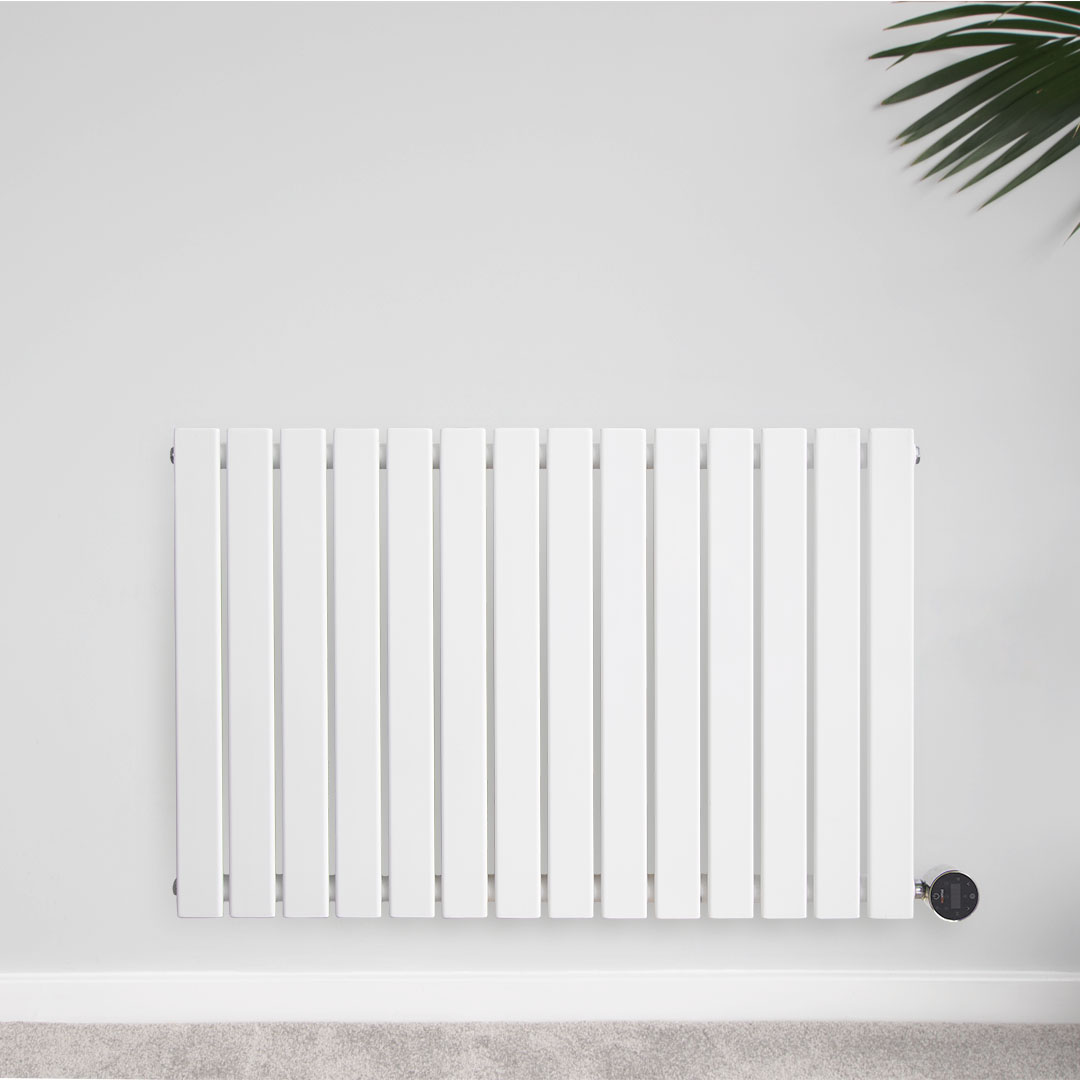

Horizontal
Sporting a classic look, horizontal radiators are available in a selection of different styles, colours and sizes to suit every type of interior design scheme. With slimline, modern designs, they effortlessly blend into a range of spaces, adding a touch of contemporary flair to your décor.
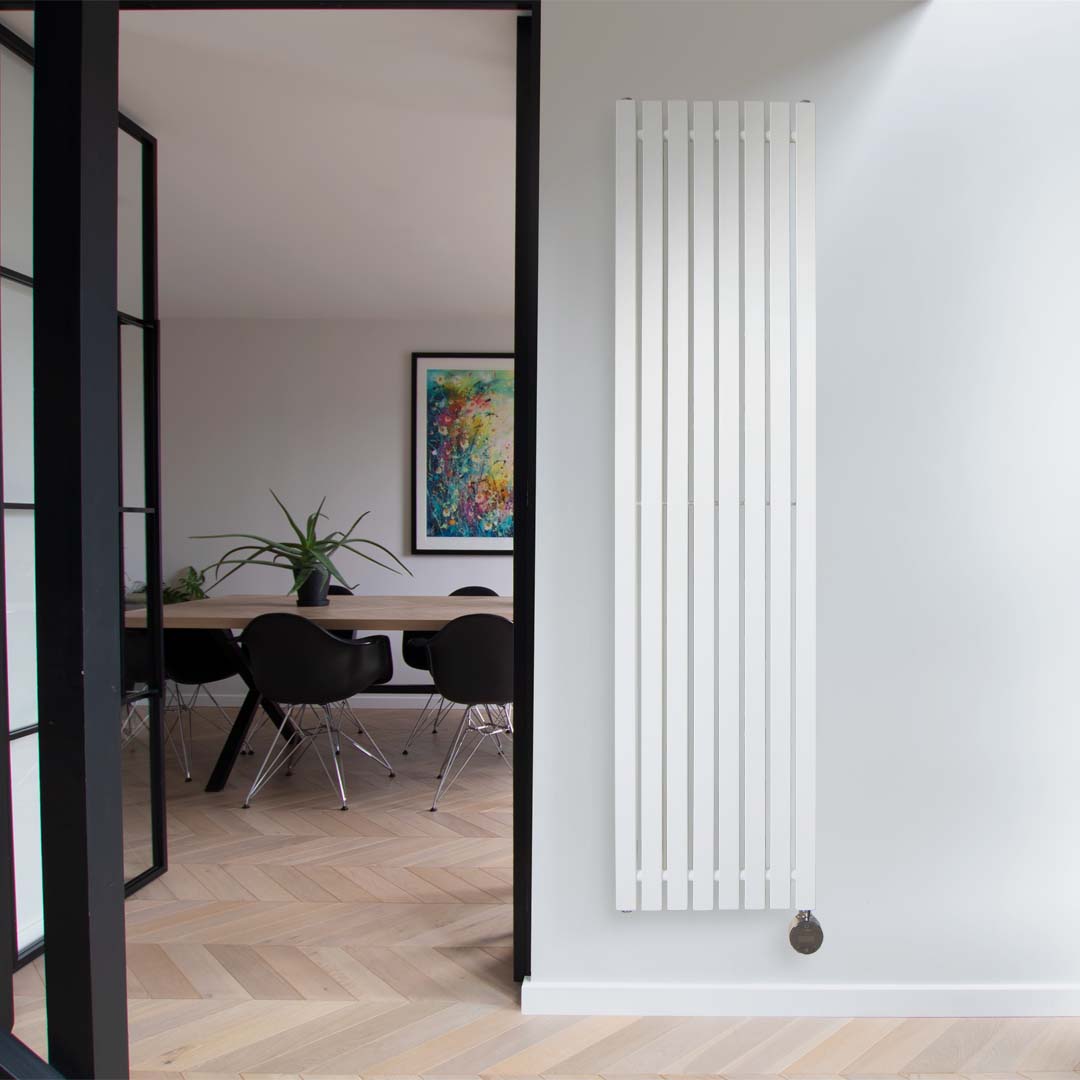

Vertical
Vertical electric radiators break from convection. Perfect for tall, narrow walls they’re great for maximising space. With extra height, they supply an increased distribution of warmth that doesn’t get blocked by surrounding furniture. Plus, their striking design and unique aesthetic offers something different for your home.
Freestanding vs Wall Mounted Installation
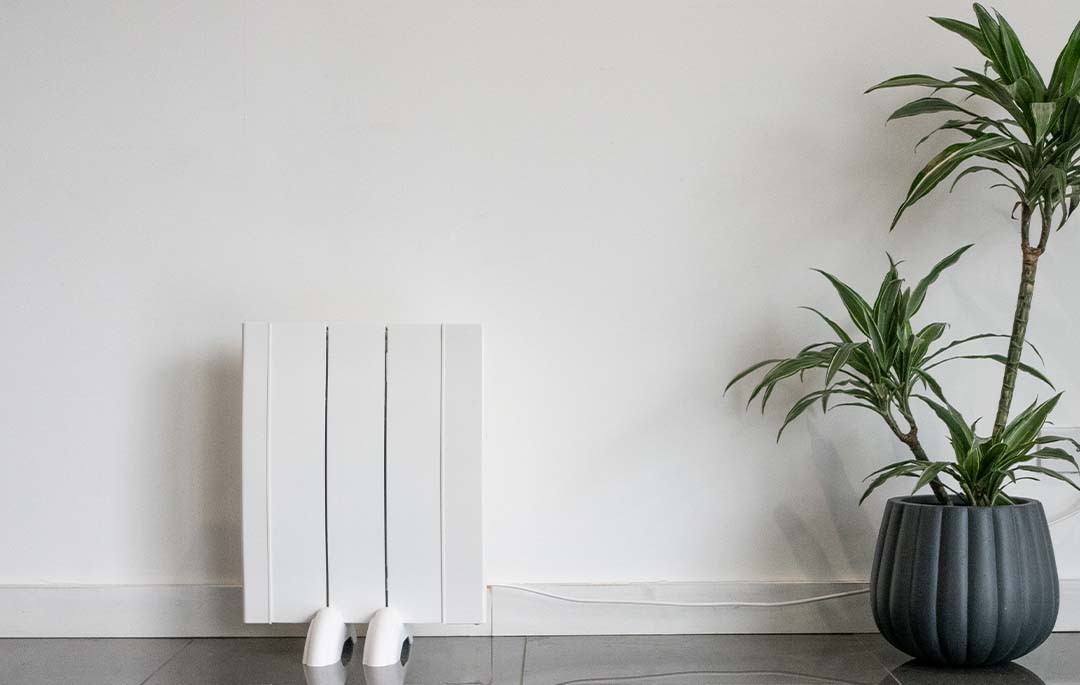

Freestanding
If you’re looking for a portable heating solution, freestanding fitting is the best option. Whether you need a temporary heating system for your home office or guest bedroom, or just like the freedom of being able to move your radiator from room-to-room, using a pair of compatible feet is convenient and practical.
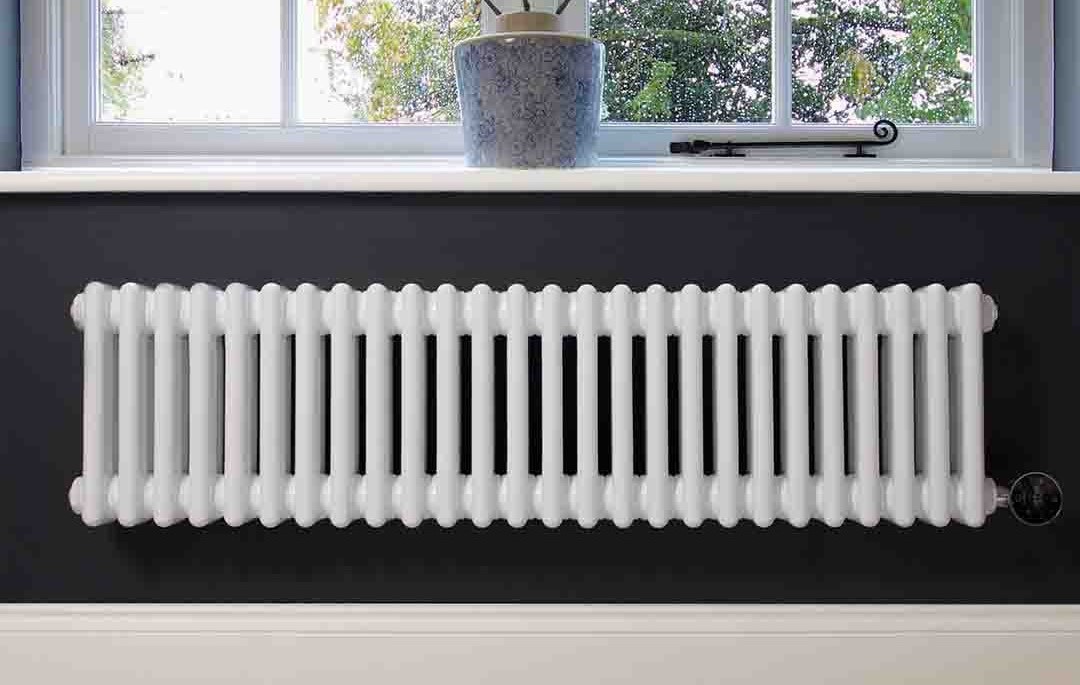

Wall Mounted
A more permanent solution, wall mounted installation is a great option too and the great thing is, all of our electric radiators are compatible with this type of fitting. Available with all fixtures needed, many can be installed DIY-style, however you can also opt for hardwiring if you prefer a more seamless integration.
Popular Radiator Types
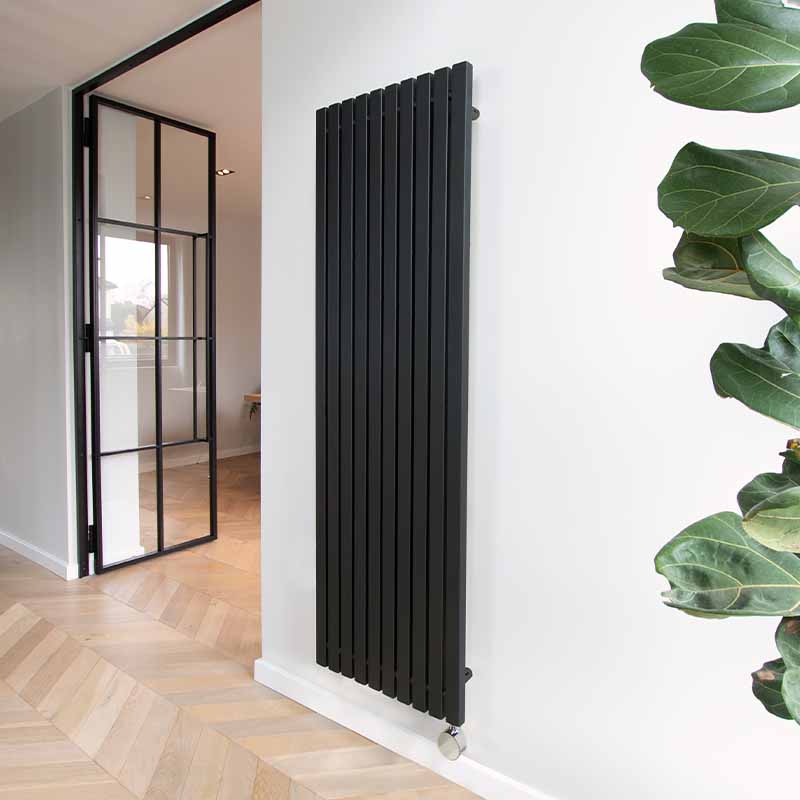

Designer Electric Radiators
Pre-filled with thermodynamic oil, these heaters supply lasting and comfortable warmth even when the heater stops drawing power from the wall. The submerged heating element warms the surrounding thermal fluid, which then distributes evenly throughout the body of the appliance, creating an even spread of warmth. Typified by their column aesthetic, thermal fluid radiators are an efficient yet designer choice.
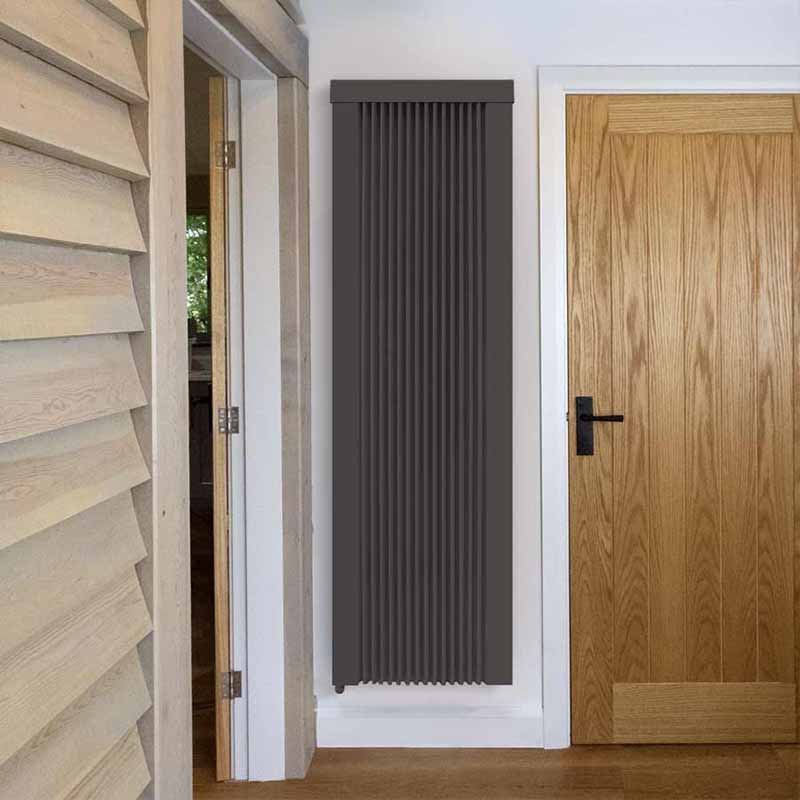

German Electric Radiators
Highly responsive, these appliances heat up and cool down quickly, meaning they adapt well to temperature changes. They use lightweight, dry heating elements to supply efficient and fast-acting warmth that you can always rely on. Easy to install, dry thermal radiators are a practical option, with modern designs to suit a range of aesthetics.
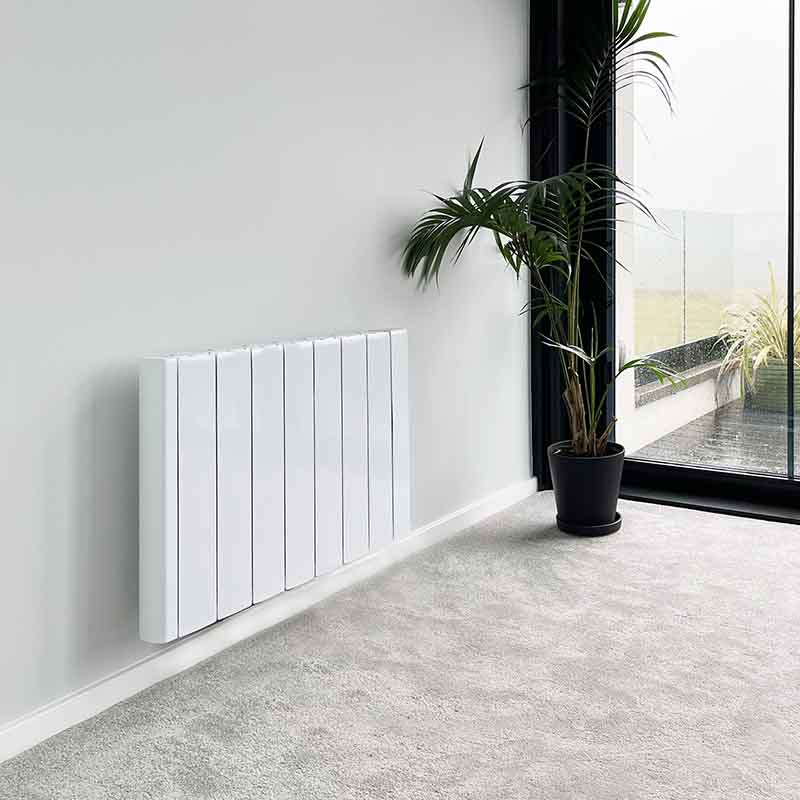

Smart Electric Radiators
These radiators are ideal for harder-to-heat interiors as they supply greater levels of radiant warmth, which isn’t easily lost to air movement. They’re fitted with ceramic stones which can take a little longer to reach your set temperature but ultimately have highly retentive properties for longer lasting warmth. Offering greater levels of radiant warmth, they’re especially suitable for loftier and larger rooms.






